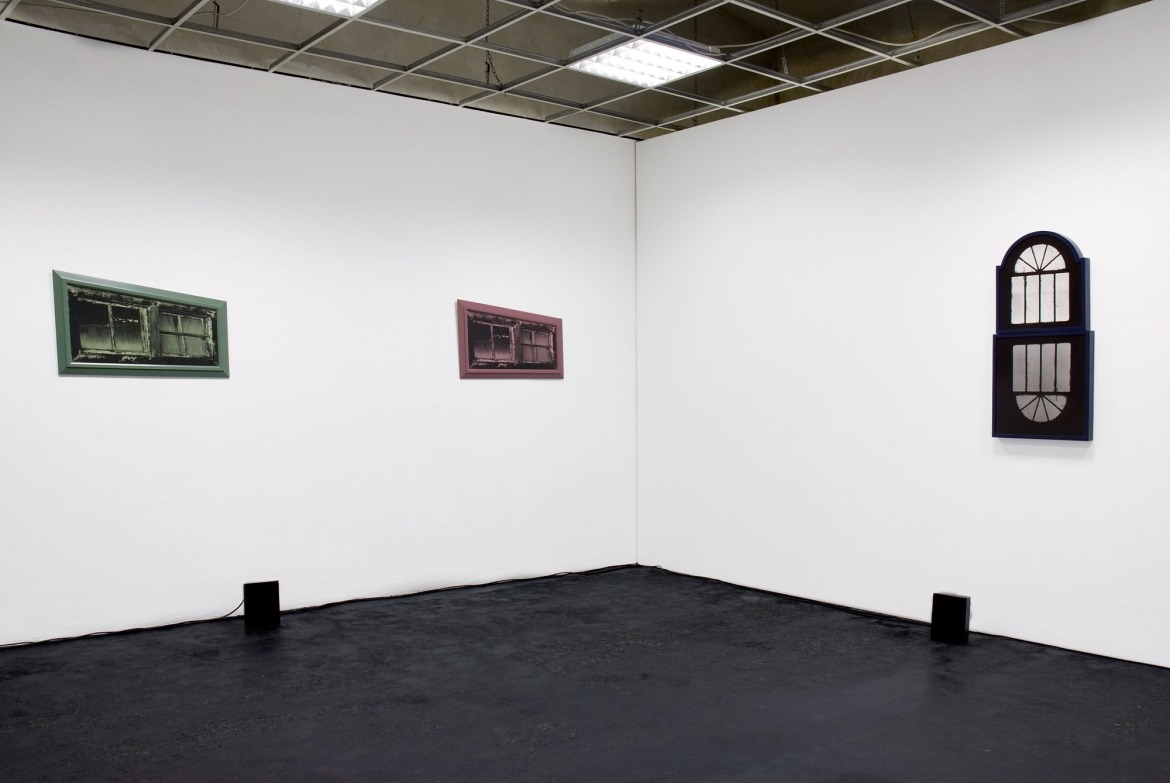
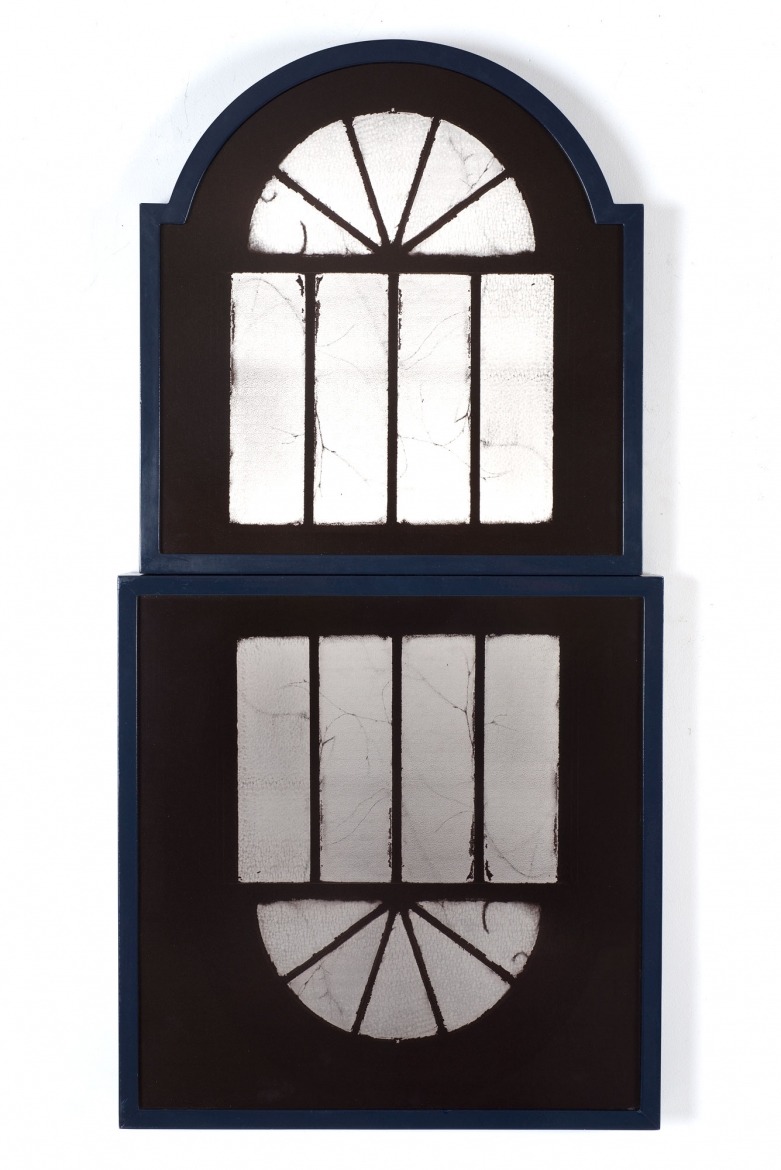
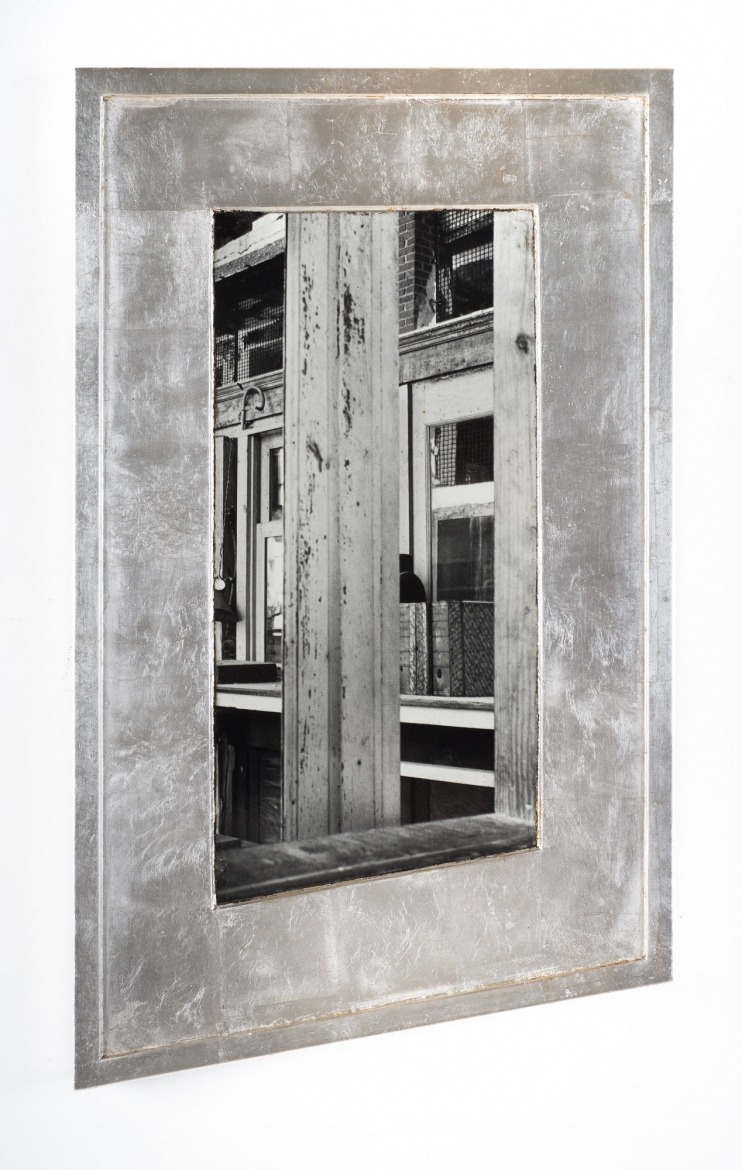
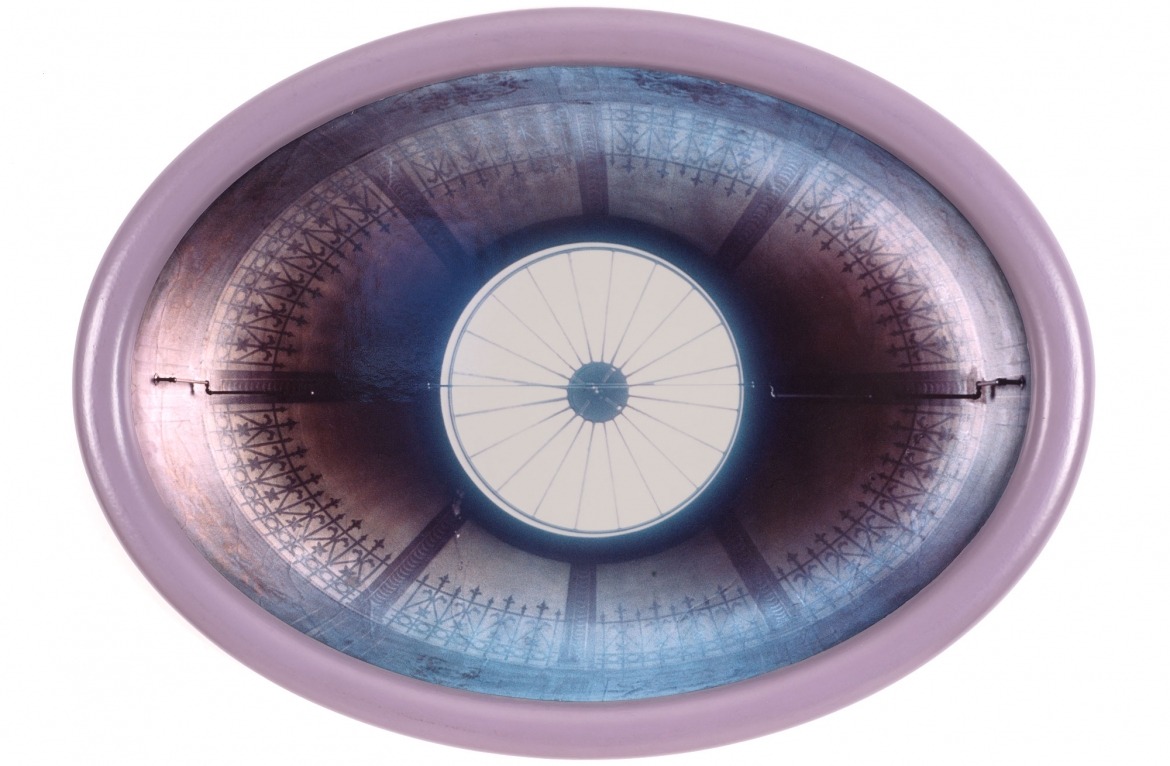
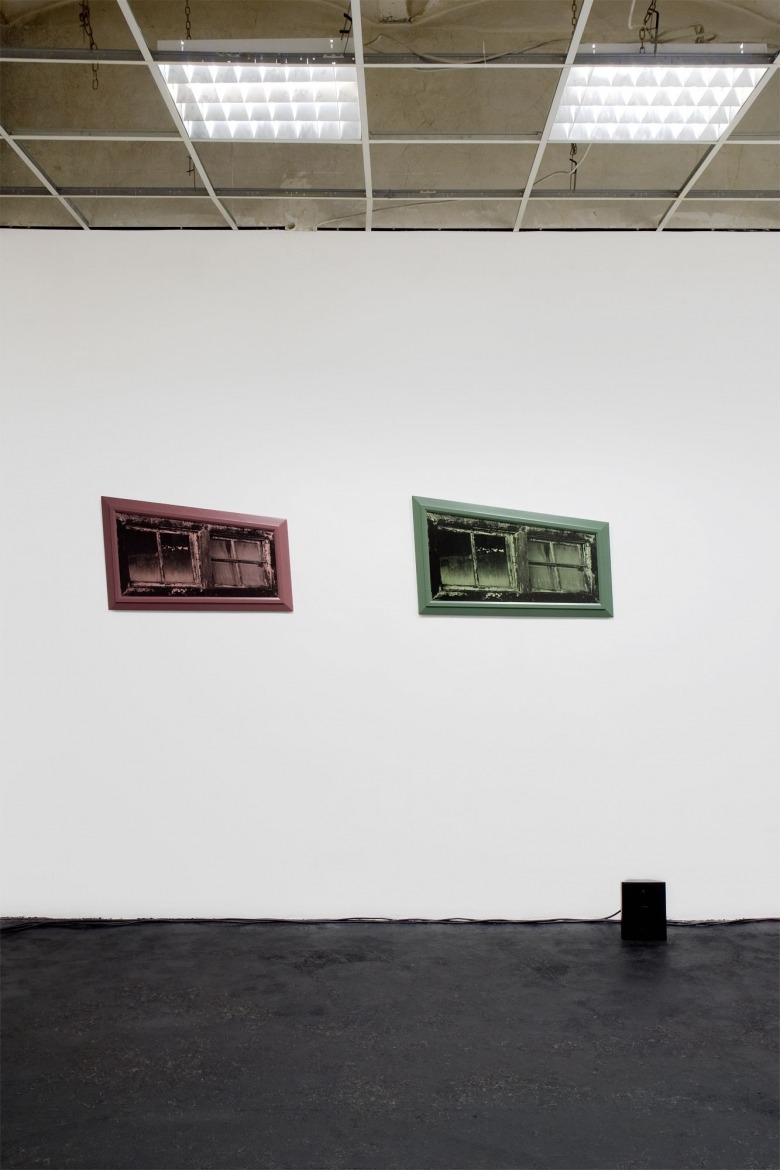
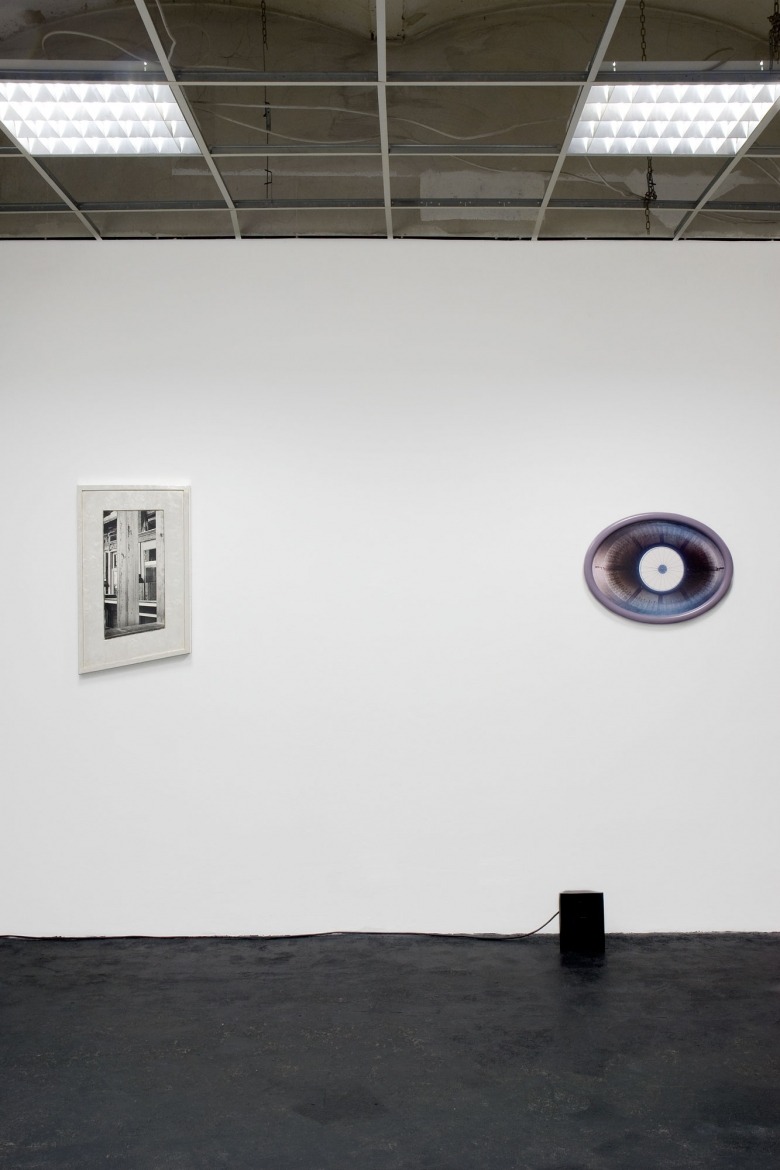
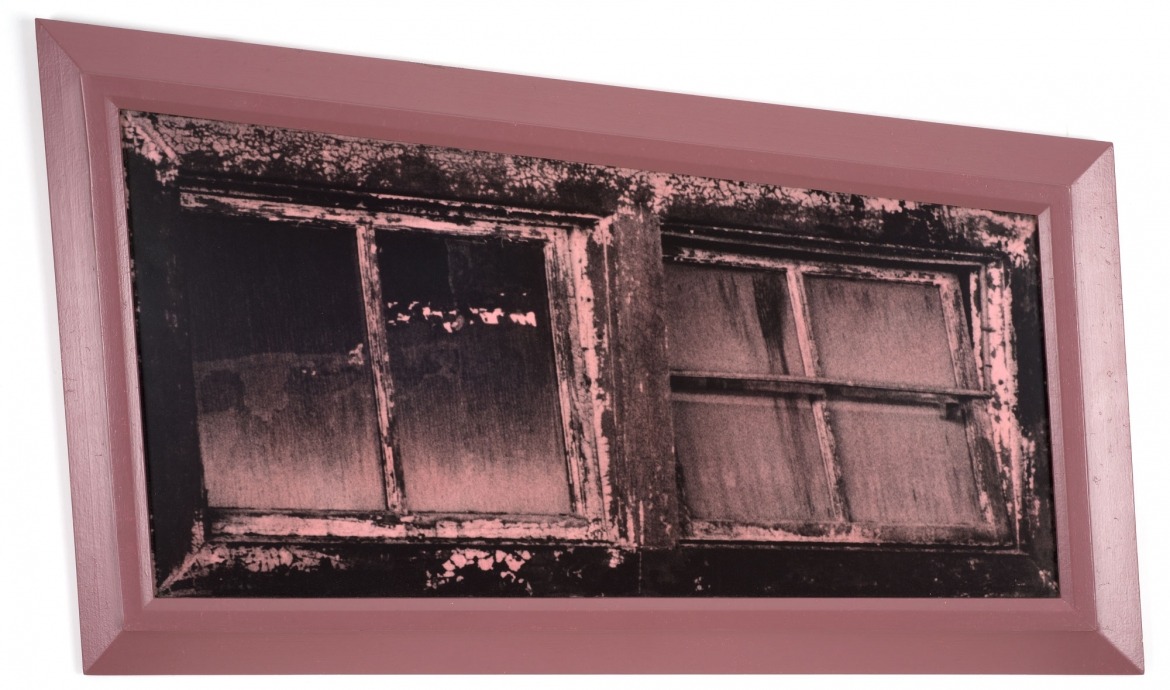
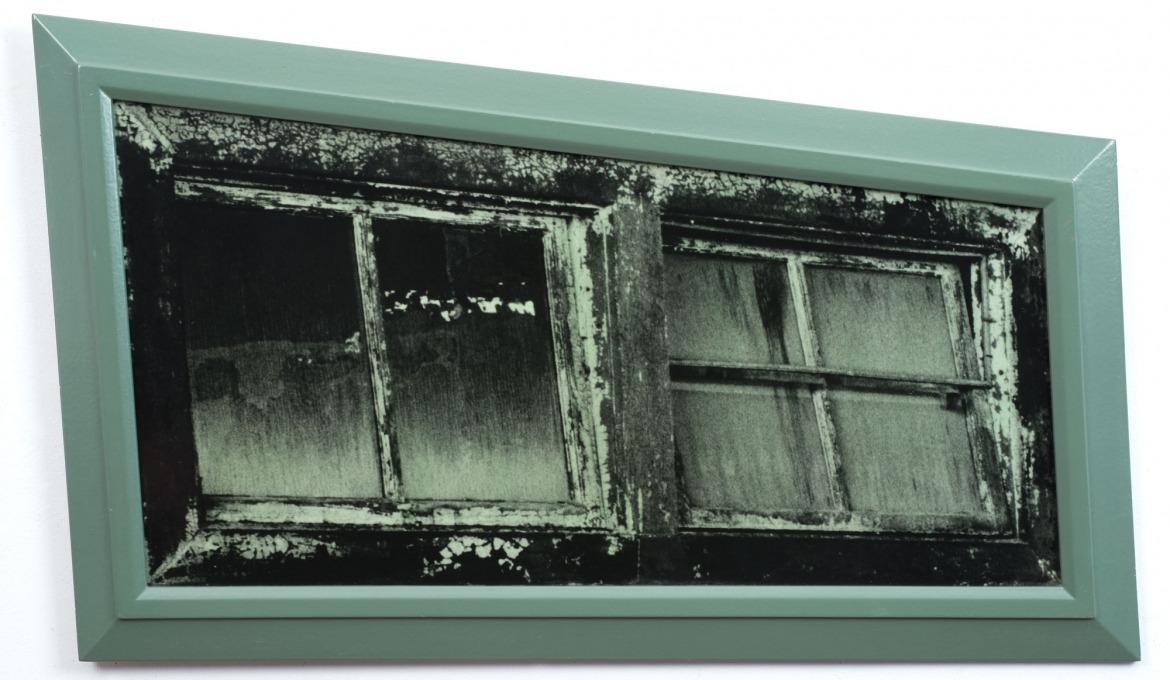








With the exhibition Hanne Lippard <> Gwenn Thomas EXILE inaugurates a new series of exhibitions that pair two artists, each from different artistic backgrounds and generations. As the defining sign “<>” stands for a newly ignited dialogue between the two artists and their body of work.
Rather than a two-person show, these exhibitions are best described as an attempt to create a collaborative and immersive experience consisting of two equal parts that communicate individually but can further offer new cumulative readings of otherwise separate works.
The cloud touches us at equal length. We are now back to back to back. Equally wet. Wet equally. Back to back to back now are we. Length equal at us touches cloud the ….*
Back to back, bringing together two artists from two different generations and working within two different disciplines within art, the outcome from the collaborative curatorial process between the works of Gwenn Thomas and Hanne Lippard has created an exhibition with a focus on a phenomenological dialogue. Both Thomas and Lippard created their respective works in spite of and in absence of each other, something that perhaps seems paradoxical in a collaborative project but which has allowed each artist’s work to keep their autonomy and offers new cumulative readings of otherwise separate works.
Thomas’ silver-gelatin prints, objects determined as sculptures as well as photographs since they are neither square nor level, hang around the perimeter of the gallery walls. The traditional distinction between frame and the reproduction is removed; the frame is pigmented to correspond with the photograph it contains (in rose pink, green, black, white and silver hues), creating a filmic quality synonymous with images generated at the time of the mid-to late-1980s. The frames do not follow their own dynamic but are subsumed under the authority and shapes within the photographs themselves.
Not only do the content of the shots – window frames, various unidentifiable dilapidated buildings, exterior and interior empty architectural spaces – initiate portholes to the spaces within the images, but the multiplicity of these irregular photographs in the gallery constructs the illusion of actual windows from within the traditional ‘white cube’ container. Thomas plays with this further by omitting glass from the framing of the photographs (glass, as a long established devise where the viewer literally sees themselves reflected on the surface of a photograph) and its absence releases or “opens” the window of the photograph; the position of the viewer is one of safety and perception first: only that of somebody looking out. Thomas absolves the viewer from looking back at themselves.
In contrast, Lippard’s sound installation is a recording of a text-based piece Locus, which is presented in the gallery in the form of a two-channel audio piece on four speakers. The text, written in the first person, integrates rhetoric through being read out by the artist herself. Locus follows the position of a narrator who encounters ‘the other,’ creating a parallel between the perspective of the author and that of her speculation on the perspective of another. This coerces the listener, as an outsider, to situate themselves within this peculiar dynamic amidst the storyteller and the imagined and silent ‘other’.
Lippard immerses the listener even further by placing the speakers on the perimeter of the gallery, ensuring that the recording is heard at all angles, from all four sides of the gallery walls. Midway through the reading Locus then disorientates; what we understand as a linear form of storytelling is reversed: suddenly Lippard is reading backwards, the text slowly encircling and returning back to it’s beginning. A new perspective is introduced, our own position as a listener is awoken and we realize Lippard’s text can be interpreted as an exercise in perception itself. Where we were first outsiders, our philosophical position has now shifted: by the end of the reading we are perhaps ‘the other’ that Lippard perceived all along. Lippard enforces the viewer to become aware of themselves as listeners and engage with the recording with a heightened sense of attention.
Whereas Thomas has created an architecture of windows in the gallery for the viewer to ‘look outwards,’ Lippard has inverted this and has created a sensory environment for the viewer to ‘look inwards.’ A fresh view is brought to collaboration; two works that disjoint our position as viewers and seem to be the antithesis of each other, actually come to enrich and strengthen one another. This demonstrates that two very different artistic outcomes, produced at very different times, essentially have at their core the same sensibility and considerations for the viewer; to enhance and question our sense of lived experience.
Gwenn Thomas is also known for her performance documentation photographs of Jack Smith and Joan Jonas, amongst others, mainly as one of the main photographers for the NY-based Avalanche Magazine. Now, in her second exhibition at the gallery, Thomas is showing select works from the mid to late 1980s. Gwenn Thomas’ artworks have been exhibited in numerous exhibitions in the US and abroad. Her work is included in many public and private collections, among them the Metropolitan Museum of Art, New York; Museum of Fine Arts, Houston; Philadelphia Museum of Art, Philadelphia as well as numerous private collections. She lives and works in New York.
Hanne Lippard graduated from the Rietveld Academy in Amsterdam in 2010. Her most recent exhibitions have been in MeetFactory, Prague, Minibar Art Space, Stockholm, Spike Island, Bristol and Marres, Maastricht. She has most recently performed at Berliner Festpiele, Badische Kunstverein, Karlsruhe, ARCO Madrid 2012, The Showroom, London, and Poesia en Voz, Mexico City. Hanne Lippard lives and works in Berlin.
*Excerpt from: Hanne Lippard: Locus, 2011
Text by Tanya Karina Pragnell Lopez







